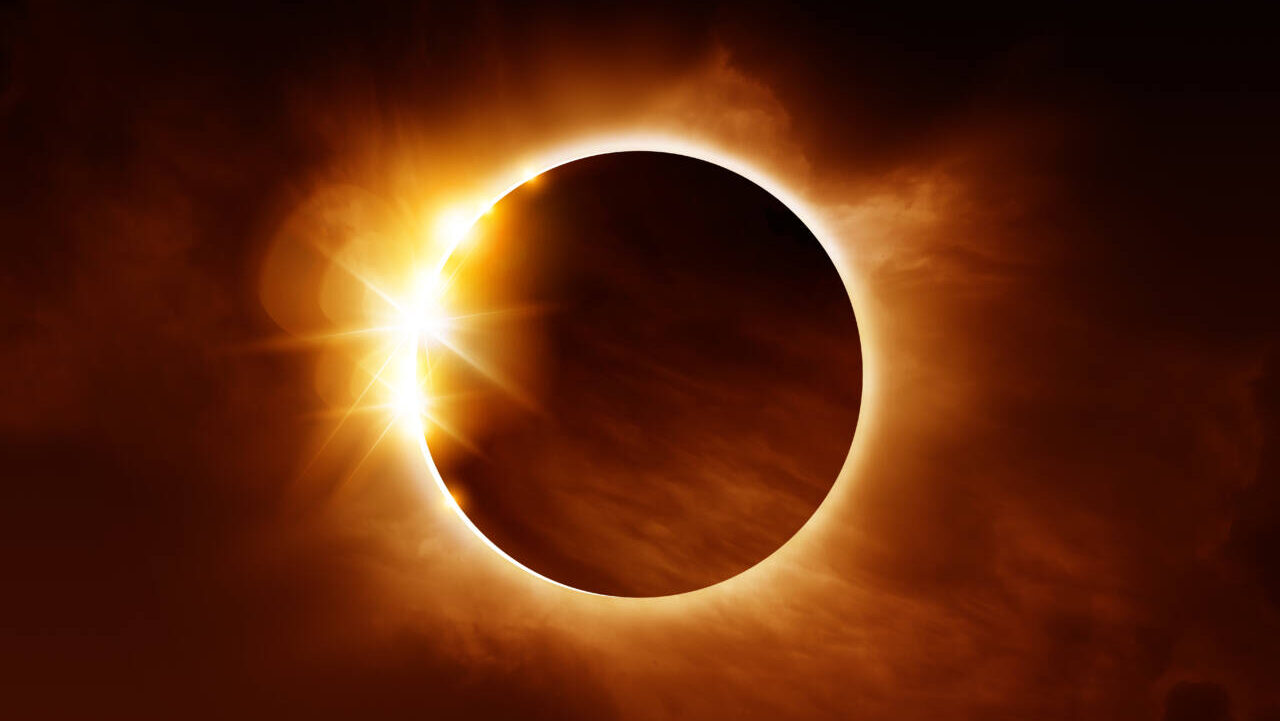NASA looking for ‘citizen scientists’ to photograph solar eclipse

NASA needs help studying the upcoming solar eclipse, and it has called for people to join a citizen science team. You don’t need an advanced degree in science or even any fancy equipment to participate in this study: just a smartphone, a tripod or other way to steady your phone, and a free app developed by Western Kentucky University in collaboration with NASA.
The SunSketcher app is free to download for both iPhone and Android smartphone users and allows people an easy and safe way to capture photos and video during the eclipse, which can then be sent to NASA for further study of the sun’s shape.
MORE: This interactive map shows you the best time to see the solar eclipse in your city
“As long as you are in a place where you will see totality, where your phone can observe totality for more than about 30 seconds, you are more than welcome to use the app,” WKU Computer Science student Starr May explained to WBKO.
When users download the SunSketcher app, it walks you through a full tutorial on how to set up the phone to capture a series of images during the eclipse — a series of 101 photos throughout totality — to capture the total eclipse in real time.
Just before the eclipse, users need to put their phone on a stand or tripod, face their back camera to the eclipse and turn on the app. That’s it! The phone does all the work, and you’re free to view safely view the eclipse without fumbling with the smartphone.
Note: You will not be able to use your phone for other photos while the app is in use. So, make sure you have another camera ready if you want to shoot video or photos during the eclipse.
Once the photos are captured, the app will download them to add to the countless other photos collected by people in the path of totality. NASA will collect all of these photos to study a phenomenon called Baily’s Beads that happens just before and just after solar eclipse totality.
Baily’s Beads is a string of light — or “Diamond Ring” effect — that happens because of the way the sun’s light reacts with the moon’s rugged surface. The photos from the SunSketcher app will capture this phenomenon and GPS data from the phone. This, in conjunction with maps of the moon, will allow NASA scientists to create a database to help “enable the precise calculations of the Sun’s shape.”
Why does this matter? Scientists believe having a better understanding of the sun’s shape, which changes constantly due to solar internal flows, can help them study other areas of science including gravity, magnetic fields and much more.
Want to download the SunSketcher app and be part of a NASA study? Just go to the app store on your phone to search for it or go to the app’s download website and get ready to be part of astronomical history!







